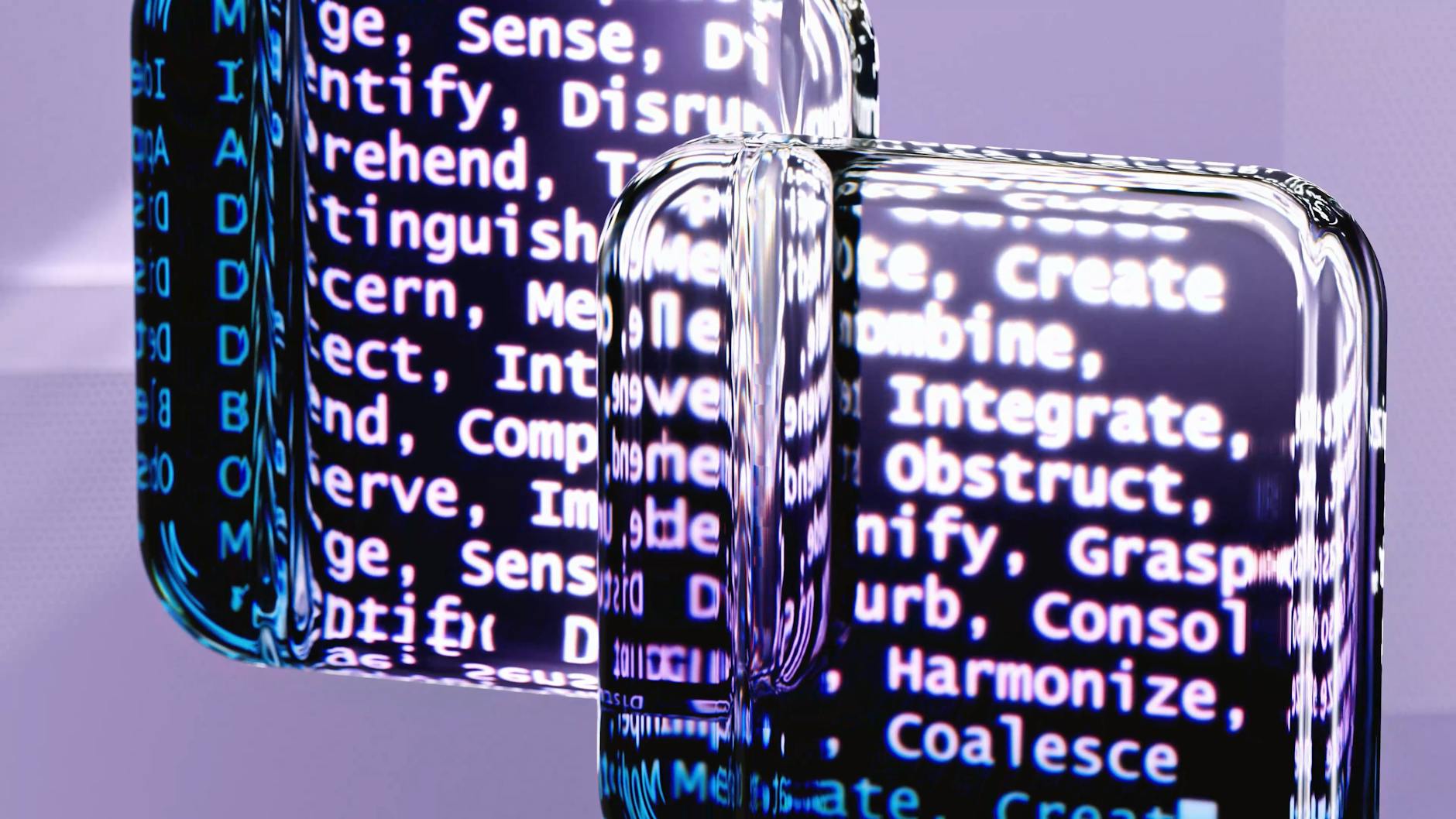
Chatbot AI: The Future of Customer Interaction (And Why You Should Care)
Picture this: It’s 2 AM, you’re half-asleep, and you desperately need to check your bank balance. Instead of waiting for business hours, you fire off a quick message—and bam! A friendly, instant reply solves your problem. No hold music, no grumpy customer service rep. Just pure, efficient help. That’s the magic of chatbot AI.
But here’s the thing—most people don’t realize just how powerful these digital assistants have become. Whether you’re a business owner, a curious techie, or someone who just hates waiting on hold, understanding chatbot AI is a game-changer. Let’s dive in.
What Is Chatbot AI? (No Jargon, I Promise)
At its core, a chatbot AI is a program designed to simulate human conversation. But unlike the clunky, scripted bots of the early 2010s, today’s versions leverage artificial intelligence to understand context, learn from interactions, and even crack a joke or two.
How Does It Work?
Imagine teaching a toddler to answer questions—except this toddler never gets tired and remembers every conversation ever. Chatbot AI relies on:
- Natural Language Processing (NLP): Helps the bot understand slang, typos, and intent.
- Machine Learning: The more interactions, the smarter it gets.
- Integration: Pulls data from your CRM, website, or even your fridge (if you’re into smart homes).
Why Chatbot AI Is a Must-Have in 2024 (And Beyond)
I’ve seen businesses resist chatbots, calling them “impersonal.” Then they try one—and suddenly, their customer satisfaction scores jump by 30%. Here’s why:
- 24/7 Availability: Customers don’t care if it’s Christmas or 3 AM.
- Cost Efficiency: Handle 80% of routine queries without hiring staff.
- Data Goldmine: Every chat is a treasure trove of customer insights.
Pro Tip: I once helped a bakery implement a chatbot for cake orders. Their missed orders dropped by 45% in a month. Moral of the story? Even cupcakes need AI.
Chatbot AI Trends to Watch in 2025
If you think chatbots are impressive now, just wait. Here’s what’s coming:
1. Emotional Intelligence (Yes, Really)
Future bots won’t just answer questions—they’ll detect frustration in your tone and respond with empathy. Think: “I sense you’re upset. Let me escalate this ASAP.”
2. Hyper-Personalization
Your chatbot will know you ordered a latte last Tuesday and that you hate sprinkles. Creepy? Maybe. Effective? Absolutely.
3. Voice-Activated Everything
Text-based chats? So 2023. Voice-enabled AI assistants will dominate, blending Siri’s convenience with ChatGPT’s brains.
Chatbot AI Showdown: Top Platforms Compared
| Platform | Best For | Pricing | Fun Quirk |
|---|---|---|---|
| ChatGPT (OpenAI) | Creative content, complex queries | Freemium | Writes poetry about your cat |
| Dialogflow (Google) | Business automation, integrations | Pay-as-you-go | Loves a good dad joke |
| IBM Watson Assistant | Enterprise security, heavy data | Custom quotes | Prefers tea over coffee |
FAQs: Your Burning Chatbot AI Questions, Answered
Are chatbots replacing human jobs?
Not exactly. They’re handling repetitive tasks so humans can focus on creative problem-solving. Think of them as the ultimate interns.
How hard is it to build a chatbot?
With no-code tools like ManyChat? Easier than assembling IKEA furniture. For custom AI, you’ll need a developer (and maybe a stress ball).
Can chatbots swear at customers?
Technically, yes. Should they? Only if your brand voice is “angry pirate.”
Final Thoughts: Don’t Get Left Behind
Five years ago, chatbots felt like a novelty. Today, they’re a necessity. Whether you’re streamlining operations or just hate phone menus, chatbot AI is the silent revolution you can’t ignore.
Ready to dive in? Start small—try a free tool, automate one customer query, and watch the magic happen. Your future self (and your customers) will thank you.
Related: AI video generation (Sora AI)
Related: certified surgical technologist
Also read: Nvidia
Also read: SEMRush


